“I grew up amongst ruins of ancient palaces, monasteries, and cremation mounds” – Ruhail Qaisar

Ruhail Qaisar’s involvement with noisy, industrial-variant experimental music and his reputation for it precedes his album Fatima (Danse Noire, 2023). Traces of past works and shows lurk in the shadows of New Delhi’s DIY music communities. His performance at Unsafe+Sounds Festival followed in the haunting steps of Fatima, but had morphed into something else and more. The drones and thunders that haunt Ladakh in Fatima remained, leaving a sense of familiarity to the album. But he mourned in a different language – Ladakhi – and his body offered another dimension to dramatize his psyche with gestures I can only describe as visceral. He thumped his fist on his chest, and reminded me of how my people mourn by thumping our chests too.
Ruhail tells me, “When it comes to the idea of mourning, it comes from attending a lot of funerals as a kid and listening to all the keening that occurs in harmonies. It is only natural, as I can clearly recall never making music on lighter or joyous themes. The sketches I made were coming from a certain cold dereliction.”
It’s been an interesting back-and-forth of an interview-in-writing with Ruhail over a couple of months for this piece, and it is guided furthermore by my experience of his performance and the short conversations between us that followed afterwards at the festival. I listened to his album repeatedly to write this piece, but his work, at present, has traversed further than the album.
Ruhail Qaisar: “Fatima was developed throughout 2020-2022, and it was slowly seamed into a concept. Now five years ahead, multiple residencies, and an EU tour later from the initialization of this work as a debut, I feel that the music in live settings, commissioned pieces, and the visual lexicon my work has branched into is far varied to be viewed perhaps from the same lens. I do see Fatima as an important outpost, but now it is behind me; the essence of a work can only be milked so much.”
“to reclaim the language”
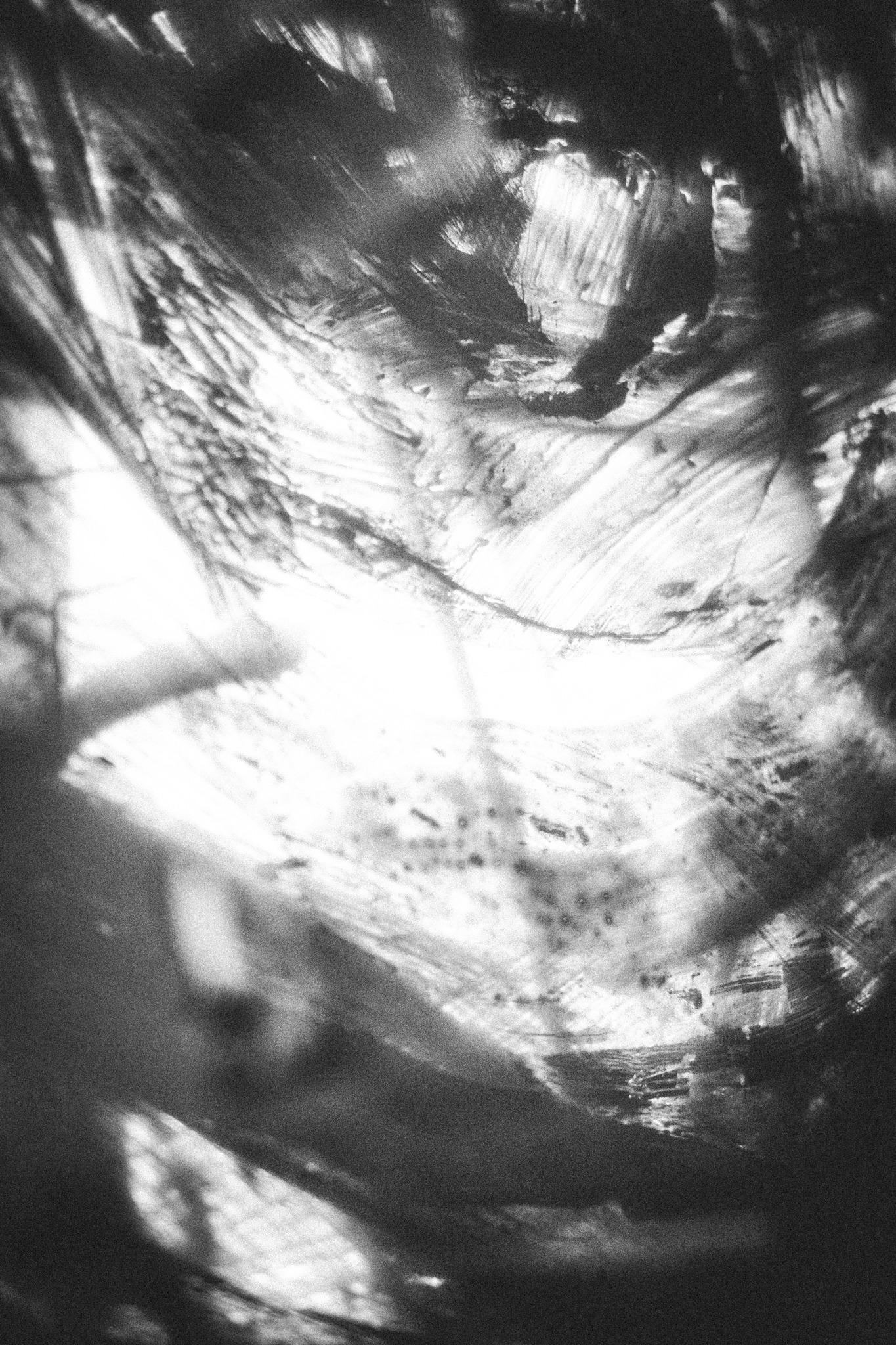
Ruhail Qaisar: “I only started using my voice as a live element for this music since the performance at CTM 2023 with Dis Fig. Once I started touring, I started incorporating my voice more as an element to upscale the dramaturgy and propel the music and the audience into further power through the vulnerability of voice itself as an instrument.”
Ruhail’s work is made of gestures, like those made with his voice and also those hoisted upon liminal registers of field recordings, conversations and samples. His work is described as “anti-lingual”, although his album does contain spoken word and some of Nick Land’s poetry on some of the tracks. His performance, however, invites us to reconsider what language could do by singing in Ladakhi. There is no literal function of language here. After his performance, when we were smoking outside, he told me that he can no longer sing in English; he is tired of attempting translation. What do his words do, after all, for an audience that would not understand it?
Ruhail Qaisar: “I still do enjoy working with text in English but it is rare to hit a mark in terms of poetic nuance. Singing in Ladakhi was liberating for me. Its distinct phonetics opened more doors for my voice
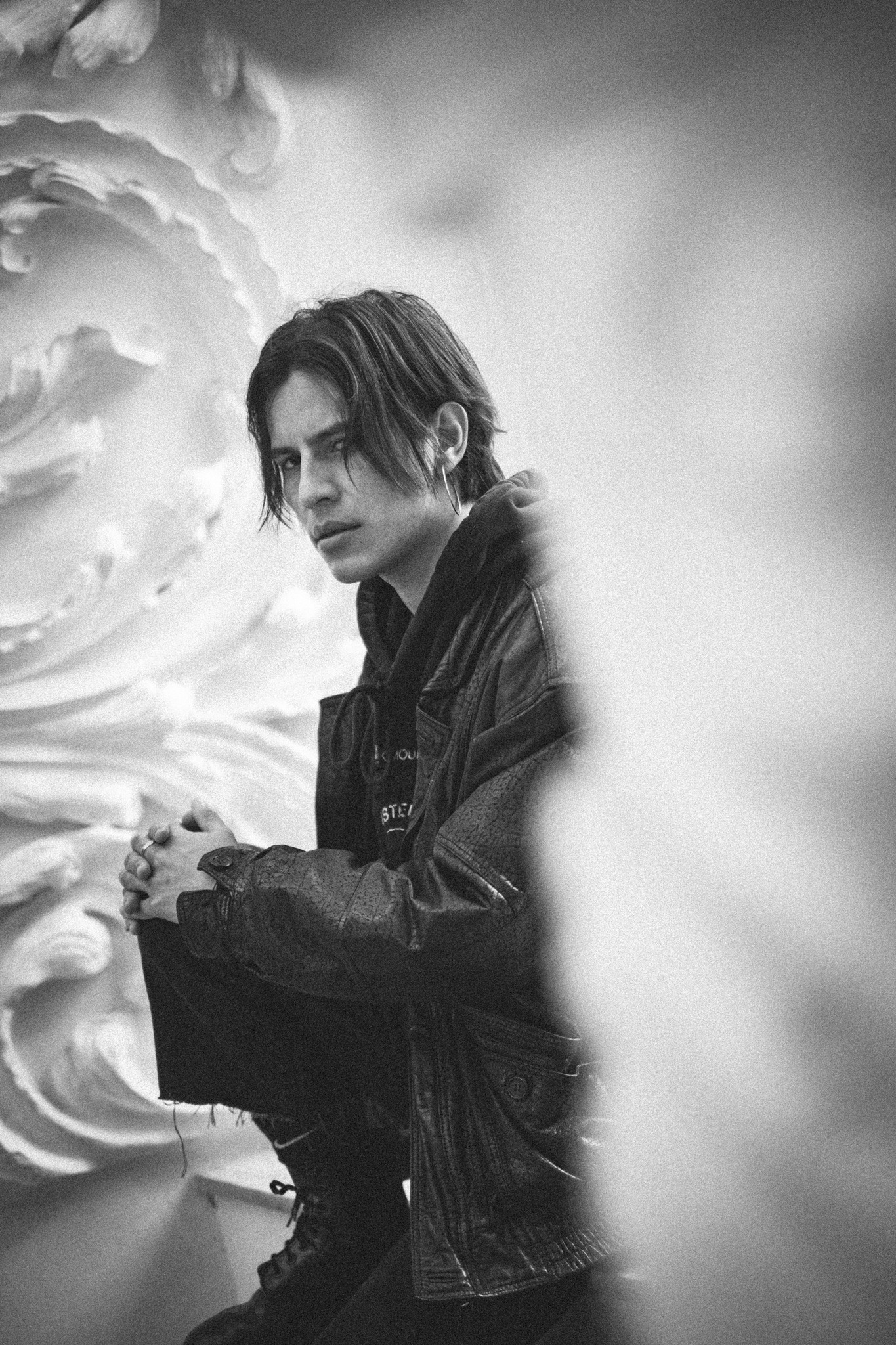
Ruhail Qaisar: “The Ladakhi language and its poetic functions have so far only been used in religious, cultural, folklore and commercial love song connotations. I do want to reclaim the language and see how far its poetic boundaries stretch, and what it could be to develop text and poetry for a contemporary Ladakh. And it also adds a duality to the performance where for me the mother-tongue is the truest medium of expression, and for the audience I am speaking in tongues.”
Perhaps what he means, in the most literal sense, became irrelevant in that time and space where he inundated our senses with a sonic ecology made not only of material realities of the terrains, but also of the collective consciousness of people who exist in relation to these terrains and the trauma that undercuts this relationship. So much about the terrains – particularly, the loss of time and space on them – and the totems that endow them with local mythos and beliefs is present in the way Ruhail talks about his work in both sound and visual arts. His piece GODS ERUPT LIKE TUMORS, which opened recently at the SALTS CITY gallery in Basel, is an installation consisting of found sculptures, locally known as Tormas or Lhu, used either as ransom for evil spirits or vestiges. And in his performance for Unsafe+Sounds, harsh electronic distortions morphed into thunderous roars in my ears and became lightning strikes, as I also watched over Klimentina Li’s shoulders to see how she continued to watch and hear him unflinchingly to trigger the lights in synchrony. It makes sense; lightning is electricity after all. In a very technical sense, I wonder if he finds himself sculpting his sounds to the image or archeo-acoustics of these terrains.
Ruhail Qaisar: “I grew up amongst ruins of ancient palaces, monasteries, and cremation mounds, even the one bedroom rent house I grew up with my family in was built above a truck load of dead bodies from an accident. There was indeed an early desensitization and lure towards morbidity, and on the other hand, my mother’s job as a teacher had her transferred from village to village every three years, which resulted in my experiencing of the terrain and the culture at a very early age too. While my father who made naturalist oil paintings made me read Van Gogh’s perilous biography at the age of twelve.
“I erected my own totems with a sense of mnemonics and memory”
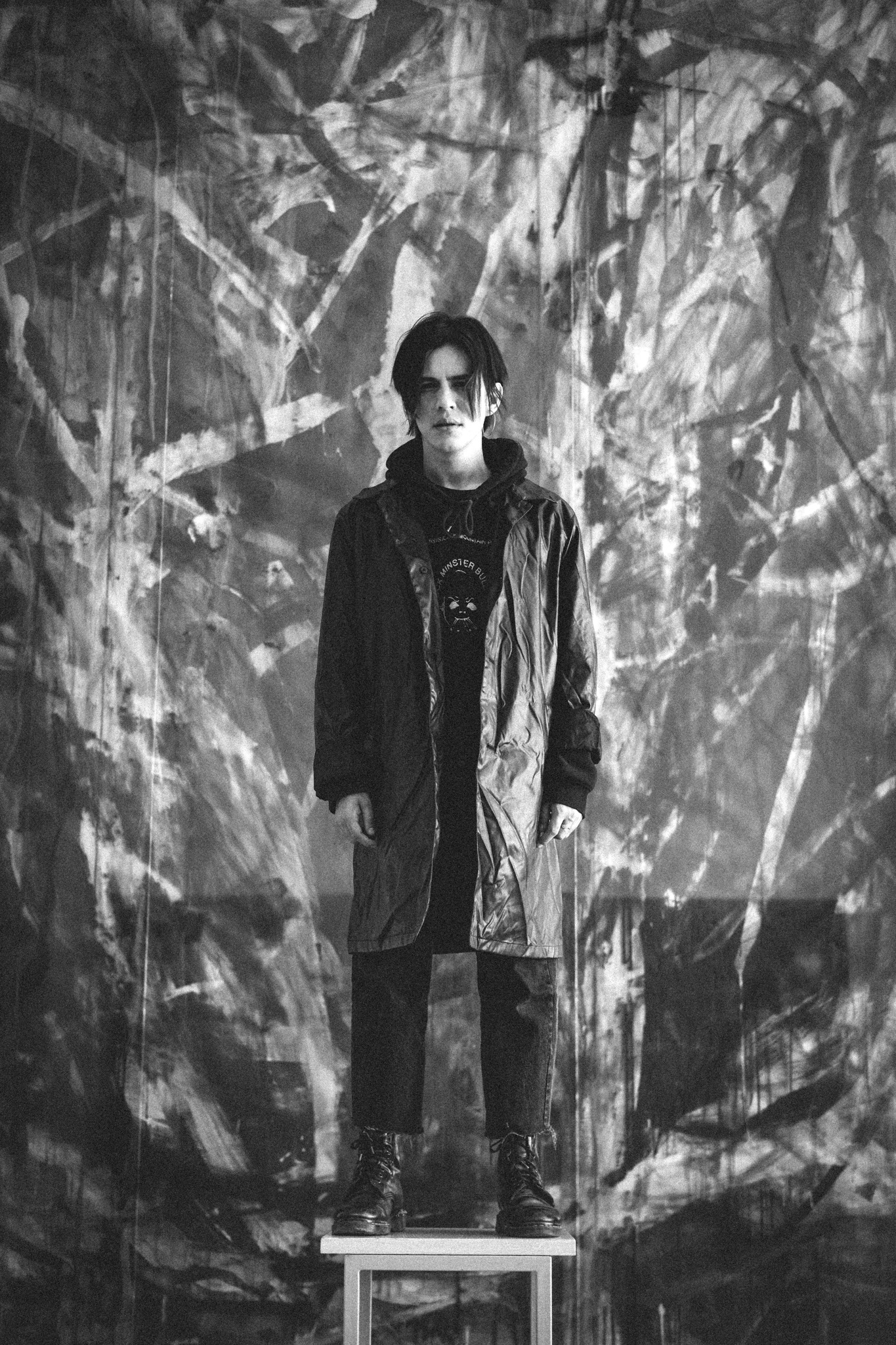
Ruhail Qaisar: “But as Ladakh moved from an ancient civilization towards a mountain city, of course, the totems diminished as well. So, in the town itself while growing up I erected my own totems with a sense of mnemonics and memory : the haunted woods in the backyard of my first school; a room where a relative hung himself; an incinerated orphanage in my neighborhood; the mammoth roar of the powerhouse generator at 6 o’clock in the evening echoing in the valley. These totems vary from last dregs of the ancient to contemporary, and in between.
I do find myself in some relationship with the archaeoacoustics of the region itself but I dont think these monuments or structures were built with acoustics itself in mind. But even to be able to map the resonant possibilities that can occur is very interesting, something close to what David Toop mentions about soundmarks. And at the same time, the vastness of the landscape, the geological formations, the natural Cageian silence that allows sounds to stand out. But I would say that when I compose, it is more of a heuristic perspective where I imagine a certain sound in a certain space, along with the knowledge of the instruments and non-instruments I have at my disposal.”
And it is not only that material space and physical terrain of Ruhail’s Ladakh that engulf us, but also an amalgamation of many looming, ringing, droning experiences of time. It is entirely appropriate; he has described Fatima as “a requiem for a dead future” after all. During his performance at Unsafe+Sounds, I felt very uneasy at some point because of how he treated time. I even discussed it with a few others afterwards and wondered if the performance ran too long, only to realize that this discomfort perhaps had more to do with me than an objective sense of an appropriate duration for the performance. It is curious; he is mourning a lost future that has not arrived yet, all the while referencing his past and his memories for a feeling of what has passed and got lost already. And through the course of the performance, time itself had collapsed for me. I had to leave the room at some point to clear my head and senses.
“I push myself to burn bright into blindness”
When I asked him about how he treats time during his performance, he said, “I don’t think I have a particular timer set or that I prepare things on the clock or with sheer execution. After all the touring as a novice in 2023 throughout the EU, I have found a certain balance towards a controlled chaos. When I am on stage, I have to be aware of the operations required for the performance to be optimal, according to my standards at least, as I have no band behind me but a few machines to rely on. Yet, on the other hand, as a performer, I push myself to burn bright into blindness, like a ribbon of magnesium every night. Yet, a lot of friends have told me on good nights that they experienced some degree of time dilation, perhaps it is the sonic stimulation between the quiet and loud dynamics”.
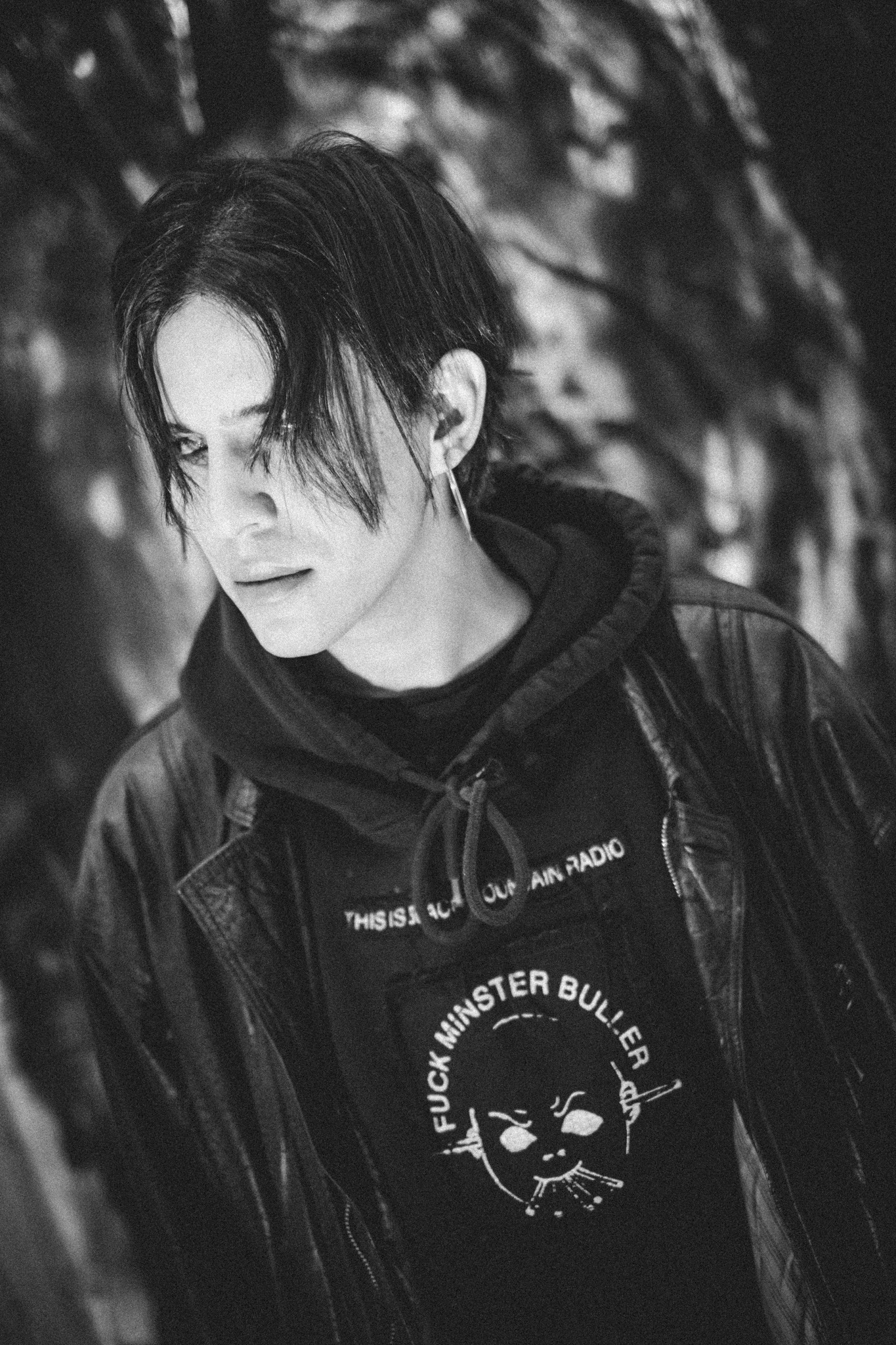
Ruhail is a storyteller; he has previously described himself as “a sonic chronicler of the various traumatic and tragic occurrences” with respect to Ladakh. One could say that his work is about time and space, but I find that these are rather tools – “heuristics” – that he maneuvers and renders malleable in our senses. His work really is, I would argue, about mourning, and what is left as a sense of abject loss in his work – of what could have been, what once was, what is corroding in everyday life. Traumatic experiences such as military occupation, borderland disputes, capitalist exploitation haunt the terrains of a vast and changing landscape, and his works tell these stories. In our conversation, I wondered, however, if he ever thinks of his work in terms of what survives past this loss and the affliction of trauma in order to also thwart the same. I particularly mean to use the term “survivance”, as used by Vizenor[1] in Native American Studies, and in reference to indigenous resistance to colonization – that is, what is inherited by the native after resistance and survival but inevitably transforms as it passes down. He doesn’t entertain such theoretical frameworks for his work too much though.
Ruhail Qaisar: “As much as I care about my land and the people, I don’t necessarily want to use my work as a vehicle for activism or vice versa, despite the fact that Fatima has subjects of military occupation and religious riots in it, it was more of an effort made to mark the unknown past, forgotten tragedies from the ether. When I do speak about issues regarding Ladakh, I do it more from the perspective of being a local; me being an artist shouldn’t change that. (…) Ladakhis are slowly now walking up since the last two years towards a solid indigenous movement, these people were not at a hunger strike because they were hardline intellectuals with years of experience or a PHD in colonial studies, but because they realised that their villages wouldn’t have water, that the free land would be plundered and pillaged to grease corporate palms.”
“When I started playing, all I used was an aluminium oil-can with a borrowed pedal”
What happens in a decade to Fatima or Ruhail’s work is perhaps hard to gauge now, but he has had a prolific couple of years recently in Europe via his tours and residencies, and he has brought along very personal sketches of his life in Ladakh to everyone. Like many others, I am sure, I find myself caught up in big remarks and conclusions about Ladakh and its ecosystems of the living and non-living upon experiencing his work. But his hesitance about entertaining such broad conclusions is a reality check for me, especially as I register that I am a Bangladeshi writing this article in Dhaka for a publication based out of Vienna, where I got to witness and meet him, although he is technically from my neighboring country. Our paths crossed in Europe, because that’s the common center to which our work has taken us along very different trajectories. The economic reality of his artistic practice in India is very different and unequal from that in Europe, where he finds himself performing. And I wonder what this difference does to his work and his position as an artist, especially when the intimate excavations of his own psyche and his relationship to the hurting terrains of his homeland are met with the ears and gazes of an international audience and media searching for tragedies elsewhere.
Ruhail Qaisar: “I have never had the luxury to envision my work and the circumstances for it to be so economically viable, neither did I have the means or the privilege to be an artist or a producer, what kept me going was the sheer necessity to “make space” as Walter Benjamin’s idea of a destructive character, and rather much so it is the lack of a market here that allowed me to push myself to this extent. When I started playing, all I used was an aluminium oil-can with a borrowed pedal. I had no idea about using software or a synth.
Ruhail Qaisar: “In my initial interviews a lot of ideas were exaggerated. Firstly, the tourism economy has helped Ladakh in as many ways as much it has harmed it. I was just opening the discourse on it as a viable option for the future as we saw its failure in the pandemic lockdown. Military violence is not an everyday life reality. Since I grew up through the 1999 Indo-Pakistani war which took place in Kargil, it became important to the subject matter itself, as did the many curfews and deployment of police and armed force surveillance throughout my childhood, the most recent being incursions of China at the border.
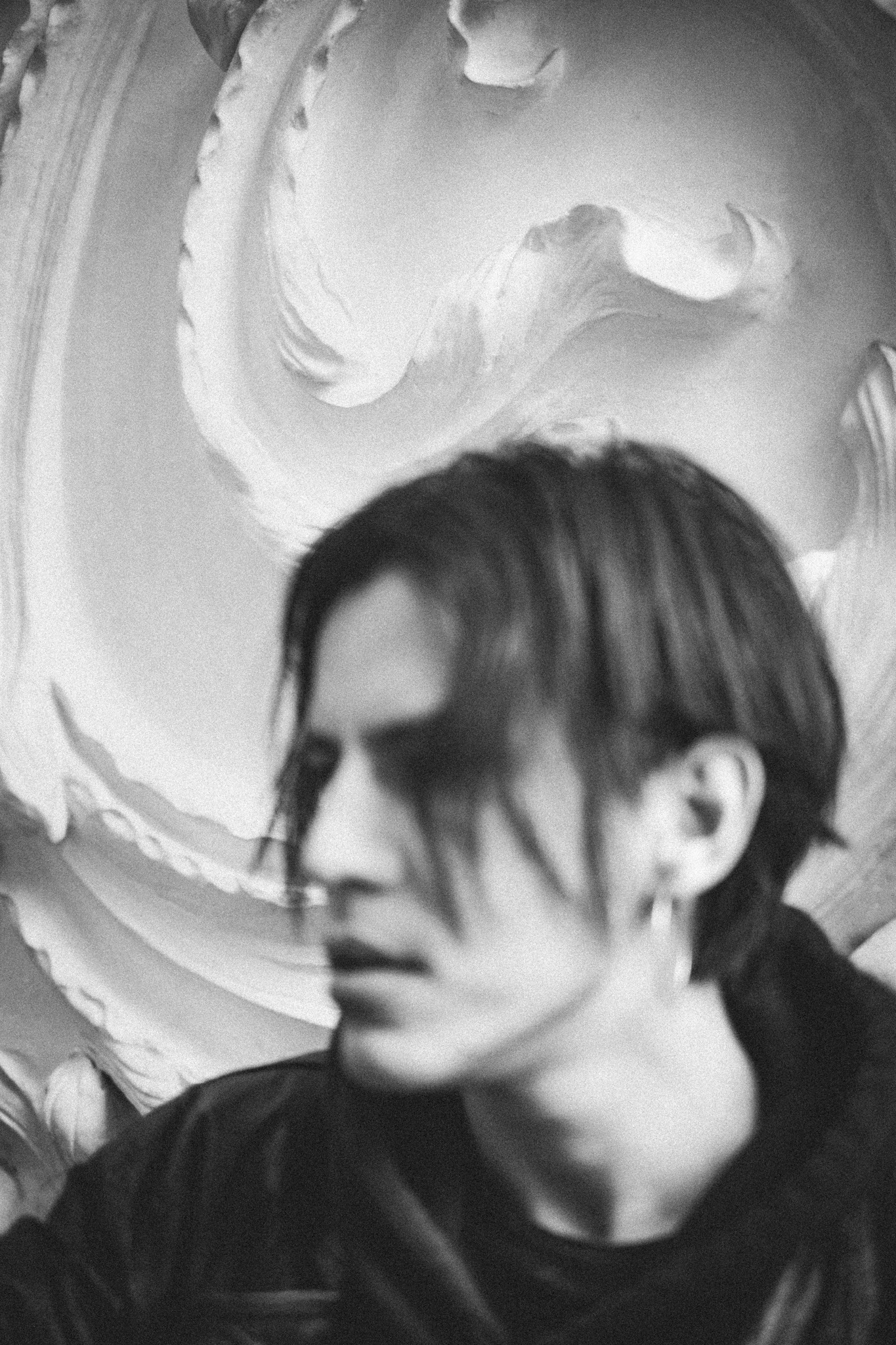
“I have no interest in parading my wounds here, displaying victim art.”
Ruhail Qaisar: “The realities of Ladakh are still not as extreme as situations in Kashmir or Manipur, and the narrative present in Fatima is a personal one. I speak of my own family history and the tragedies surmounting it from before I was born, especially the riots in Ladakh in 1989. It’s a personal chronicle essentially with visual and sonic interpretations rather designed as a warning for disaster, than to be Nero with the lyre. I have no interest in parading my wounds here, displaying victim art.
Essentially, in any economical reality, whether it may be in Europe or India, I want the work to stand on its own feet. On the other hand, in India, there is a very petty bourgeois stagnancy in terms of creativity and art, and commercial value of art itself. I see more power in the maddening loudness of local sound systems and street performers, than the sterile gate kept mediocre art-fair of New Delhi elites faffing over cheap wine. The economic realities here don’t allow communities to thrive as they do in Europe. So, I am not as privileged to shy away or discard the support I have in the EU, as there are open eyes and ears to it, a stronger community. I would rather choose to play in a former communist decrepit bomb bunker in New Belgrade with a small fee, than in a lousy f&b club with shady promoters in New Delhi.”
Whether or not we see Ruhail Qaisar himself, in flesh, back in Europe is yet to be seen. At present, he is in Ladakh, where he returned a few months ago after finishing a residency and composing a piece called THE SPINE OF THE SKY with ORF musikprotokoll as part of Steirischer Herbst in Graz with the guidance of Ukrainian composer Kataryna Gryvul. He continues to push his practice towards new registers and the possibilities of his work to explore new dimensions is exciting.
“In Graz I’ve learnt the use of ambisonics and sound spatialisation for the first time, which added a new dimension to my compositional process as I was fiddling with the Western structures of music, and plunging them into new hybrids of archaic anti-music. This was also the first time I was working on a commissioned piece. I’ve gained different insights into production, technical mixing, and to hear the sounds bouncing off the walls in the dolomite caverns of Dom im Berg, almost felt like a return to the familiar terrains of my homeland.”
Right now, in his own words, he is “working on some new releases, reading, hauling kerosene, and anticipating a -30 degree winter.”
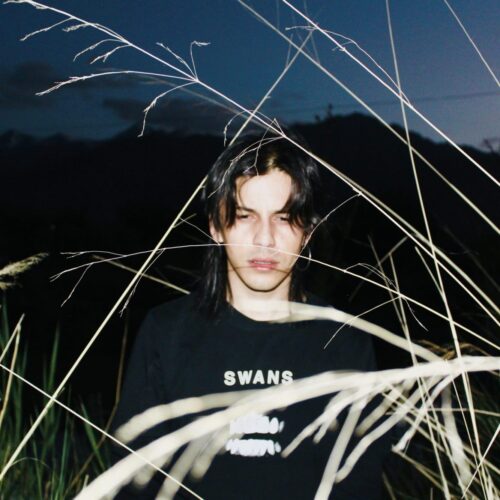
Ruhail Qaisar

This article is brought to you by Struma+Iodine as part of the EM GUIDE project – an initiative dedicated to empowering independent music magazines and strengthen the underground music scene in Europe. Read more about the project at emgui.de
Funded by the European Union. Views and opinions expressed are however those of the author(s) only and do not necessarily reflect those of the European Union or the European Education and Culture Executive Agency (EACEA). Neither the European Union nor EACEA can be held responsible for them.